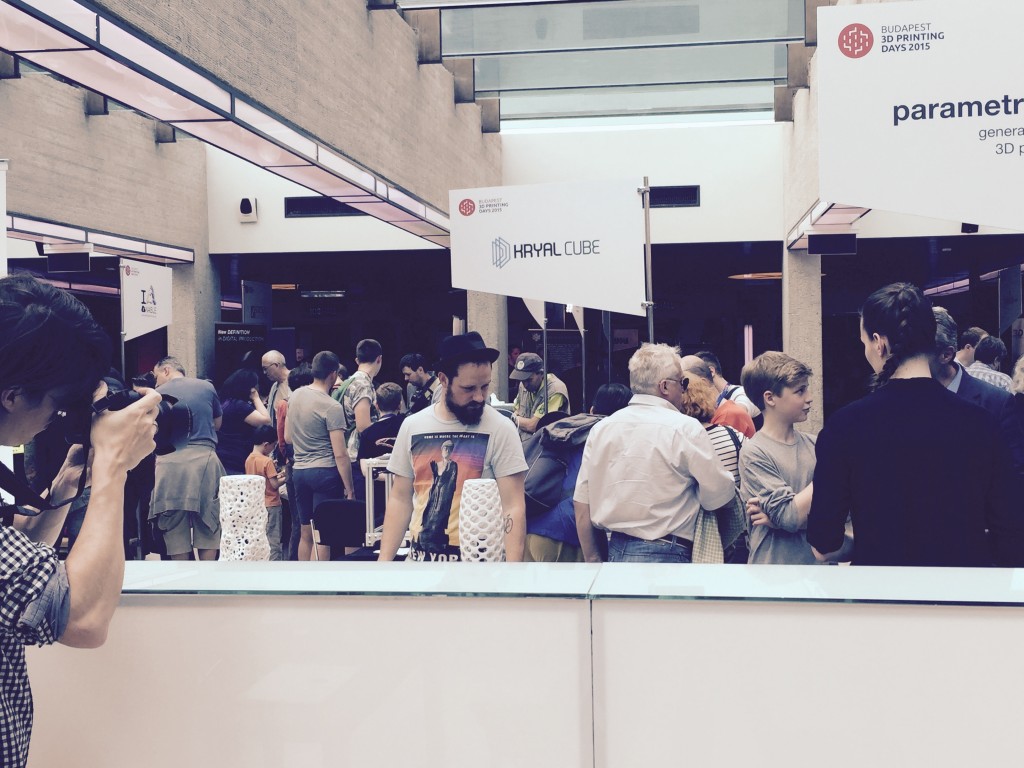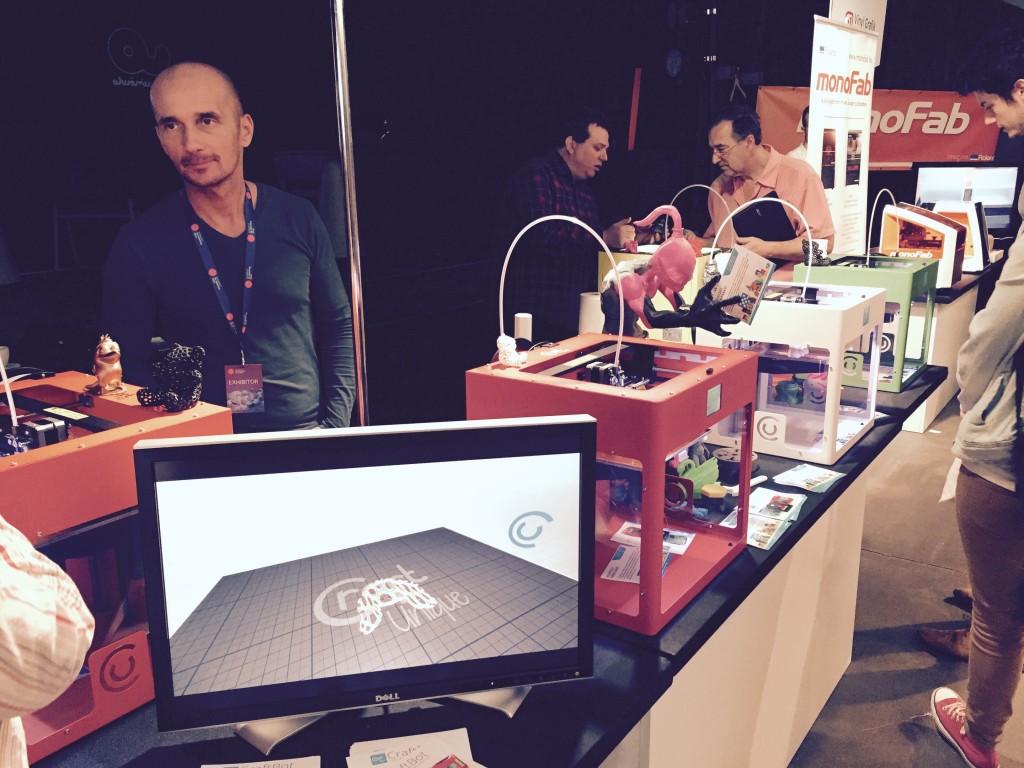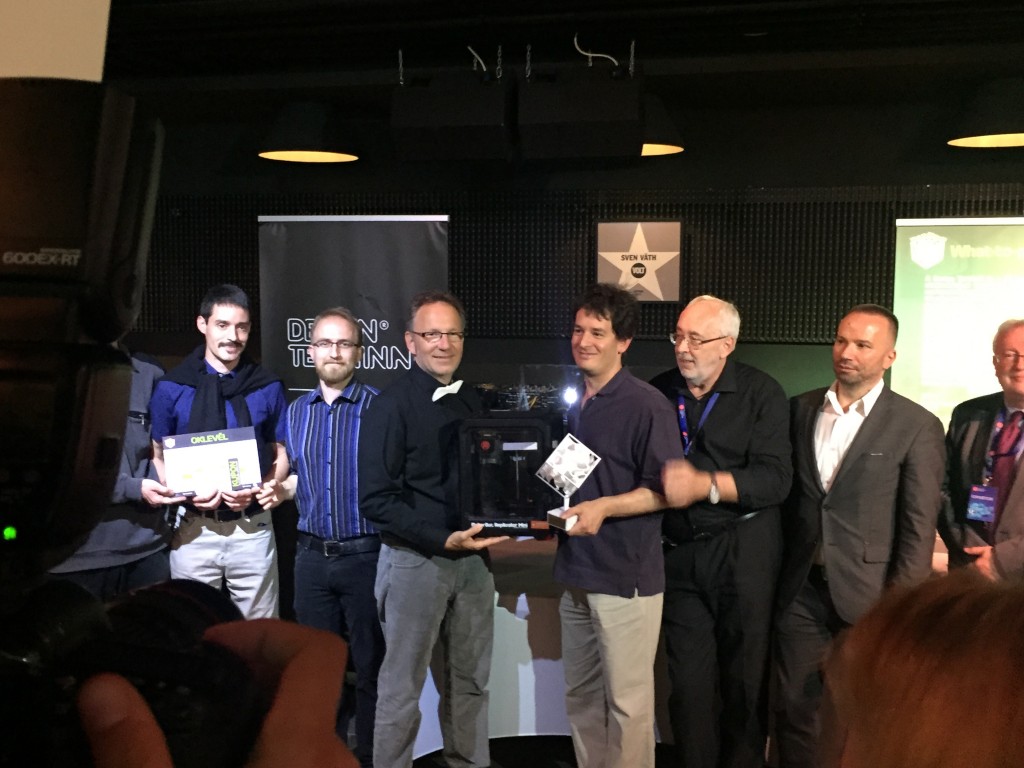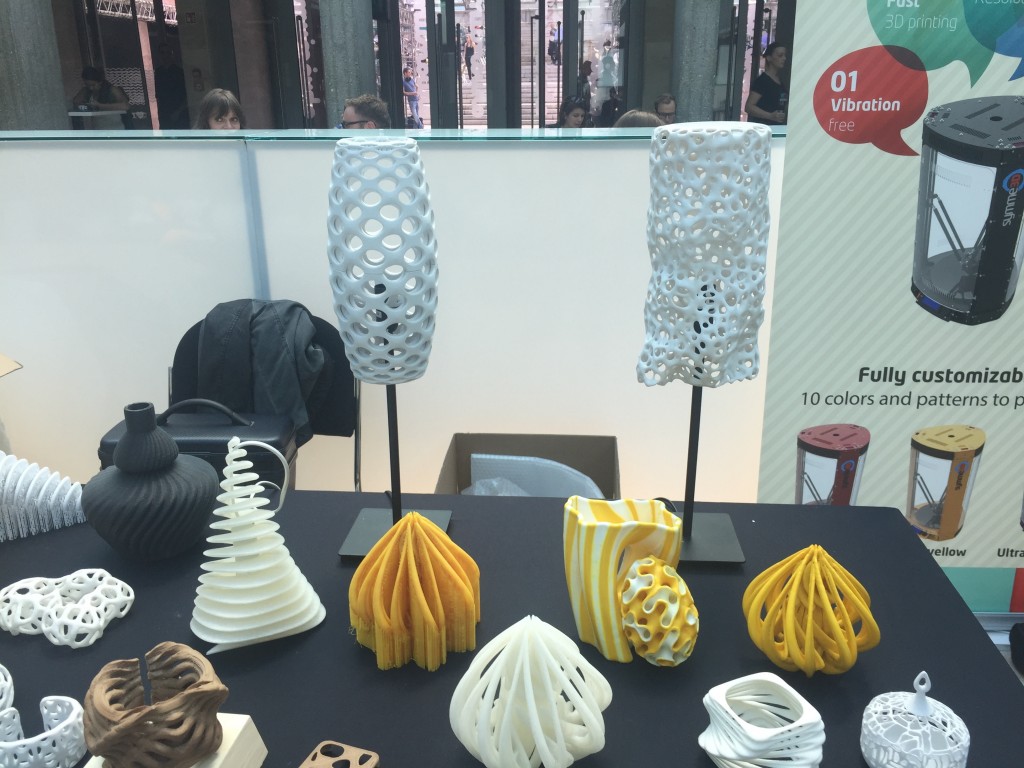Now on its third year, the 3D Printing Days conference which just took place in Budapest acted as a spring board for Hungarian companies – as well as a few companies from neighboring nations, such as Romania and Czech Republic – to show off their new products. A thicker line-up of international speakers contributed to give the conference a more open appeal and it is likely that, in the years to come, more international companies will find their way to this blooming 3D printing market. Especially considering the media hype which brought several video crews to visit the show on the first day and a constant flow of general public throughout the three days of the show.
I was invited to attend to give a presentation on how 3D printing start-ups can get themselves featured on international specialized and generalist technology media (if you are curious you can find a preview here) and it proved to be an appropriate subject, as I was introduced to many interesting companies that I did not know about or that I had no idea were from Hungary.
One of these companies is Leonar3Do, the team behind the online modeling app Leopoly. Nothing to say about their marketing skills – they are great at it, and they also have a great product. The news is that they have shifted their target away from consumers and toward more enterprise=based customers (in fact I discovered they are the company behind this very interesting project from Orchard) and there will be more partnerships to be announced soon.
Another one is CraftUnique, which, before coming here, was the only Hungarian 3D printing company that I knew of. They produce a solid filament-based 3D printer and are currently the largest 3D printer manufacturer in Hungary. They have also anticipated that a new system, with the same architecture but several improvements in terms of speed and quality, is launching next month. They also showed me their powerful proprietary slicing software, which offers a wider range of possibilities, including accurate visualization of single filament layers and corresponding G-code in real time. The easy to use slicer is also freely available and compatible with any open 3D printer since it generates standard gcode.
As it happened for the recent MWC2015, the 3D Printing Days conference revolved around a 3D printed art and design exhibit which was organized by Gyorgy Falk, founder of Varinex, one of Stratasys largest distributors. In this case, the exhibit took the form of a design contest titled “What to Print in 3D?”, with many fascinating submissions using several different technologies including filament, laser-sintering and polyjet (including a set of laser-sintered prosthetic legs for a crow).
I also found out about many interesting new products and initiatives that are at the forefront of 3D printing creativity, as well as stores and shops (and a FabLab) throughout the beautiful Hungarian capital (which I will be visiting and reporting on in more depth in the upcoming days). I got a chance to meet with David Pap, the highly active founder of FabLab Budapest, who also collaborated on the organization of the event. We will cover the activities of the FabLab, which enjoys an active partnership with Formlabs and is working on a very interesting low-cost photogrammetry 3D scanning project. I also discovered that there are now not just one but three 3D print shops in Budapest. There will also be more news on them in the days to come, as I visit them in person.
I was particularly happy to meet Marton Klauser, one of the founders of the 3Dee.at store in Vienna, the very first 3D print shop I have ever covered, back in 2013. They have now opened the 3Dee Store Budapest and the coolest fact about them is that Marton, the older of the Klauser brothers, is only 20 years old. Another person I was very happy to finally meet was Peter Szabo, from Parametric | Art, one of the best known 3D printing design studios from Eastern Europe. I was also particularly surprised to find out that creating designs is something he does just for passion, while his actual business is Gigamax, Hungarian resellers of Leapfrog systems and Fillamentum products among others.
I also met with more companies and found out about several more interesting products. These include 3D printer and 3D scanner distributors and services such as Fre3Dee and Basiliskus 3D, and more that I will cover in upcoming dedicated articles.
When Georgo Sas from Design Terminal, the company organizing 3D Printing Days, interviewed me ahead of the conference, I told him that the best way to find out about a national 3D printing ecosystem is to visit a local 3D printing show. Now that I have been here, I can say that I know a whole lot more about the Hungarian 3D printing market and – as is often the case – it is much more interesting and lively than I had imagined.






